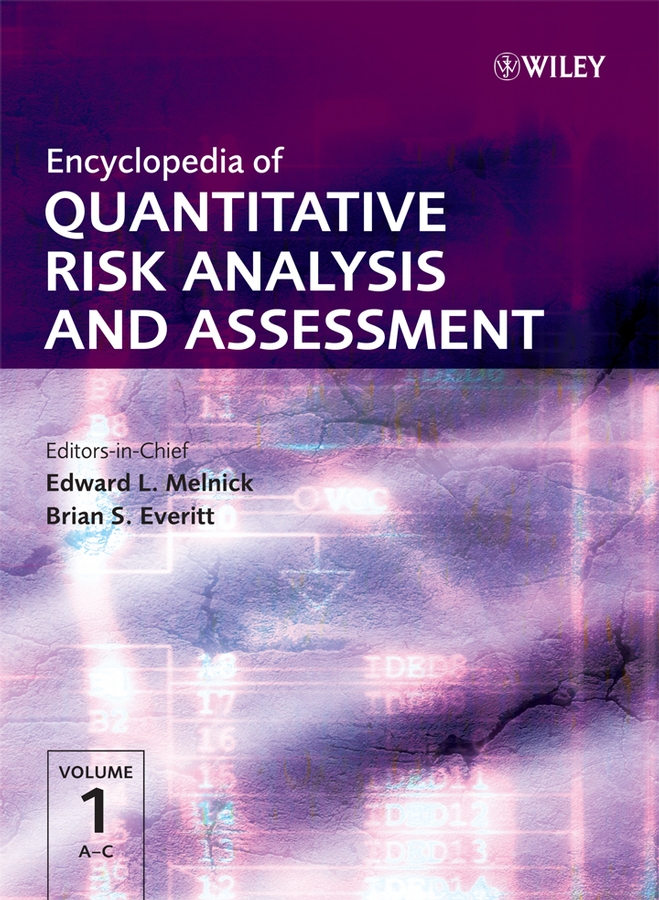Compliance with Treatment Allocation
Abstract
Estimation of the effects of treatments in a randomized clinical trial is usually based on the intention-to-treat (ITT) principle. This procedure leads to an estimate of the average causal effect of treatment allocation based on everyone in the trial. When there are departures from randomized allocation (noncompliance), the ITT effect does not measure the impact of the receipt of treatment. The ITT estimate is an attenuated estimate of the effect of the receipt of treatment. We obtain a valid estimate of the latter by estimating the average effect of random allocation (i.e., ITT effect) on outcomes in the subgroup of participants who receive treatment if and only if they are randomized to its receipt (i.e., the compliers)—this is known as the complier-average causal effect (CACE) of treatment. Noncompliance is often associated with loss to follow-up. We illustrate simple methods to calculate CACE estimates both with and without the complication of missing outcme data.



